Wetlands (birds)
Wetlands are biologically diverse ecosystems that flood either seasonally or permanently. Among the crocodiles, fish, turtles, frogs, insects and vast array of aquatic plants, the wetlands are host to a huge variety of birds. These are just a few of them. You’ll also find some of the aforementioned critters further down the page.
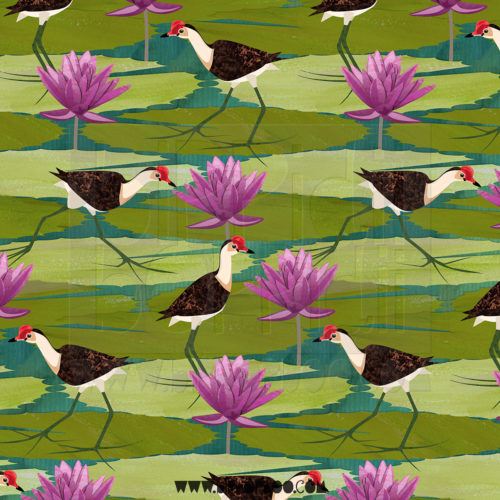
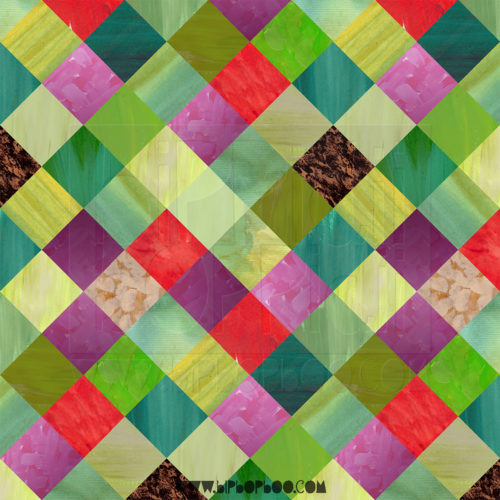
Lotus Loper
Jacana
These wetland birds give the illusion of walking on water, though they’re really spreading their insanely long toes on the precarious platforms of lily leaves to traverse the billabong in search of tasty treats.
The male birds protect the young and if they are threatened he will pick the babies up under his wings and rush to safety, their long toes dangling beneath the feathers as he runs.
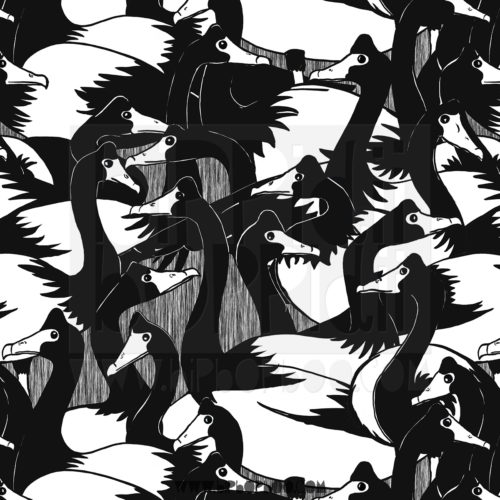
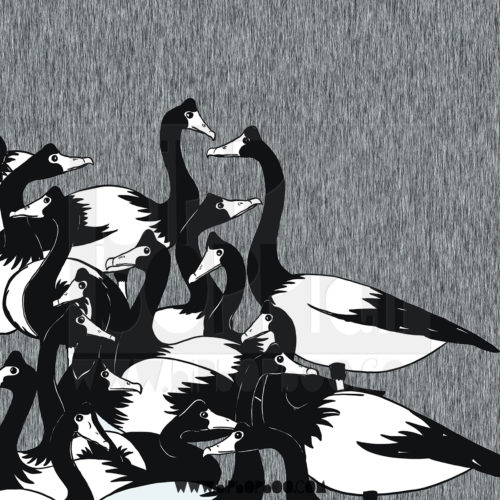
geese in the ‘hood
Magpie geese
I live in the bush in the ‘Top End’ of Australia – the tropical savanna north where it’s hot all year round and the wet season is marked by the threat of cyclones and feasting on mangoes.
Not to be left out, these prehistoric looking birds, with their hooked beaks and hoodie heads move into my neighbourhood from dry season haunts such as the wetlands of Ubirr – just as the mangoes start ripening. They fly overhead in their thousands, honking – sounding for all the world like flying squeaky toys – to take up residence in the local mango orchards and don’t move out until all the mangoes are harvested, gobbled and gone.
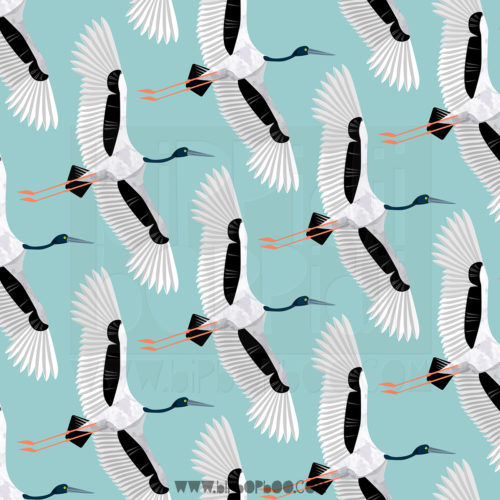
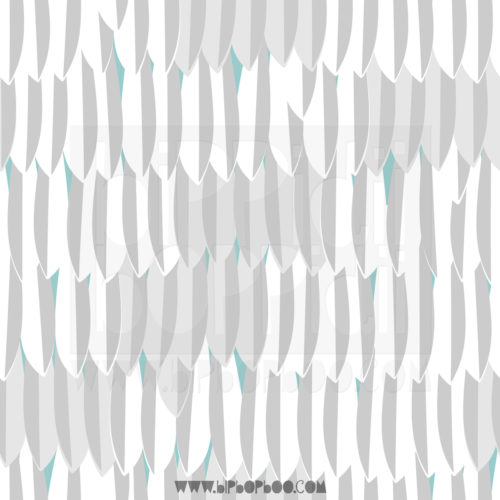
Skywards
Black necked stork (jabiru)
The black necked stork is an elegant wading bird that has learned to live alongside huge saltwater crocodiles. The females are easily distinguishable from the males owing to their bright yellow eyes.

Intermediate wading
Intermediate egret
The intermediate egret is a medium sized heron that is also known as the plumed egret owing to the filament-like plumes they sprout during breeding season. In addition to this, their beaks change colour according to the stage of the breeding cycle the bird is in. They prefer freshwater billabongs, swamps, floodplains and wetlands to saltwater environments.
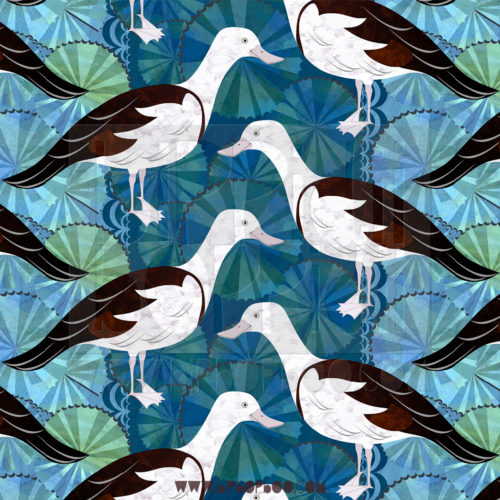
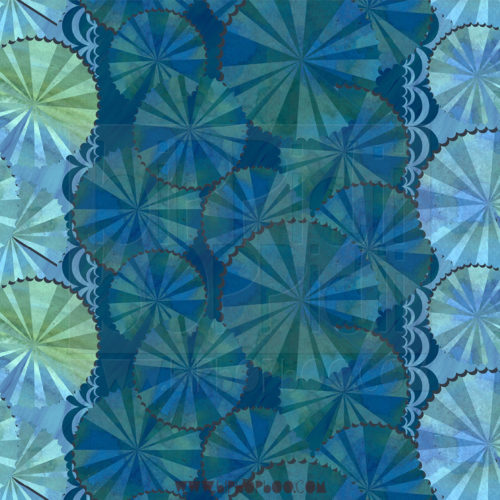
Get your burdekin ducks in a row
Burdekin duck / Radjah shelduck
When we first moved to our property, there was a creek crossing involved in going to collect the mail. I used to love sloshing the big tyres of my 4WD through the water and back again and I especially loved seeing the burdekin ducks bobbing about near the causeway. They were so accustomed to the cars splashing slowly past they didn’t dash off – I guess they worked out that the big noisy things couldn’t go in the deeper water off the edge of the road. Which we couldn’t. Every year in the wet season the causeway would go under water for a few weeks and I’d have to take the long way to the trading post. I didn’t mind but I guess other people did, because now there’s a bridge and while I still see burdekin ducks around, I miss that close encounter three days a week.
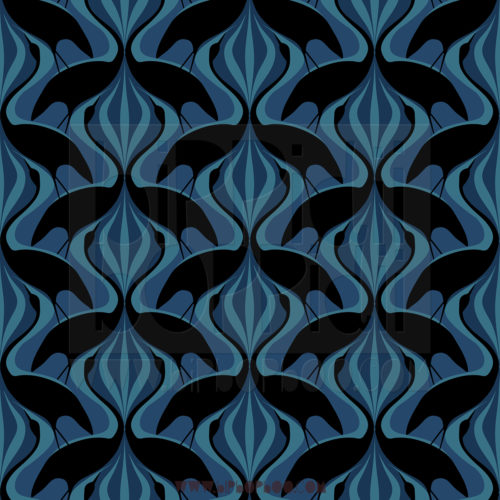
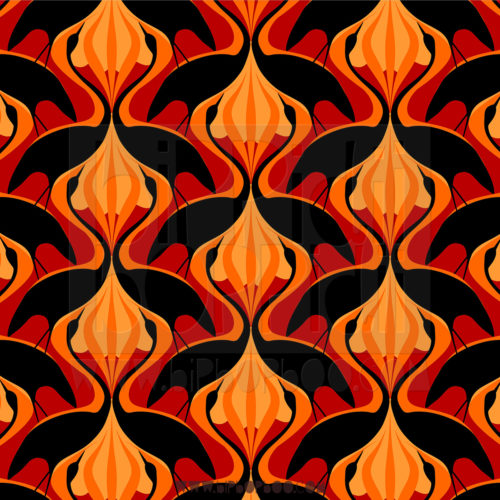
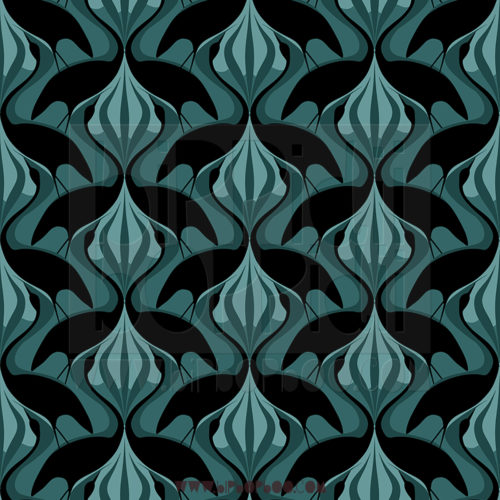
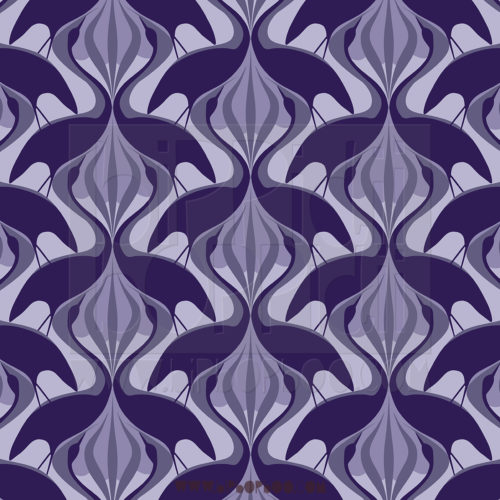
Brolga promenade
Brolga
Gregarious dancing birds of the wetlands, there is something romantic about the brolga that has inspired artists and authors alike. They bond for life with pairs developing a finely tuned calling pattern in addition to the elaborate mating dances they are famous for.
They inhabit grassland floodplains across north and north-eastern Australia and can also be found in southern New Guinea with rogue birds turning up as far away as New Zealand.


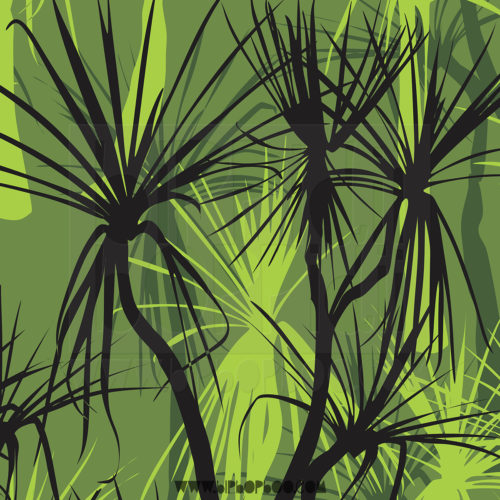
… more than birds …
Wetlands are a rich and diverse environment and are the home of many more creatures than just birds and more plants than just lilies.
You can also head back to birds.
